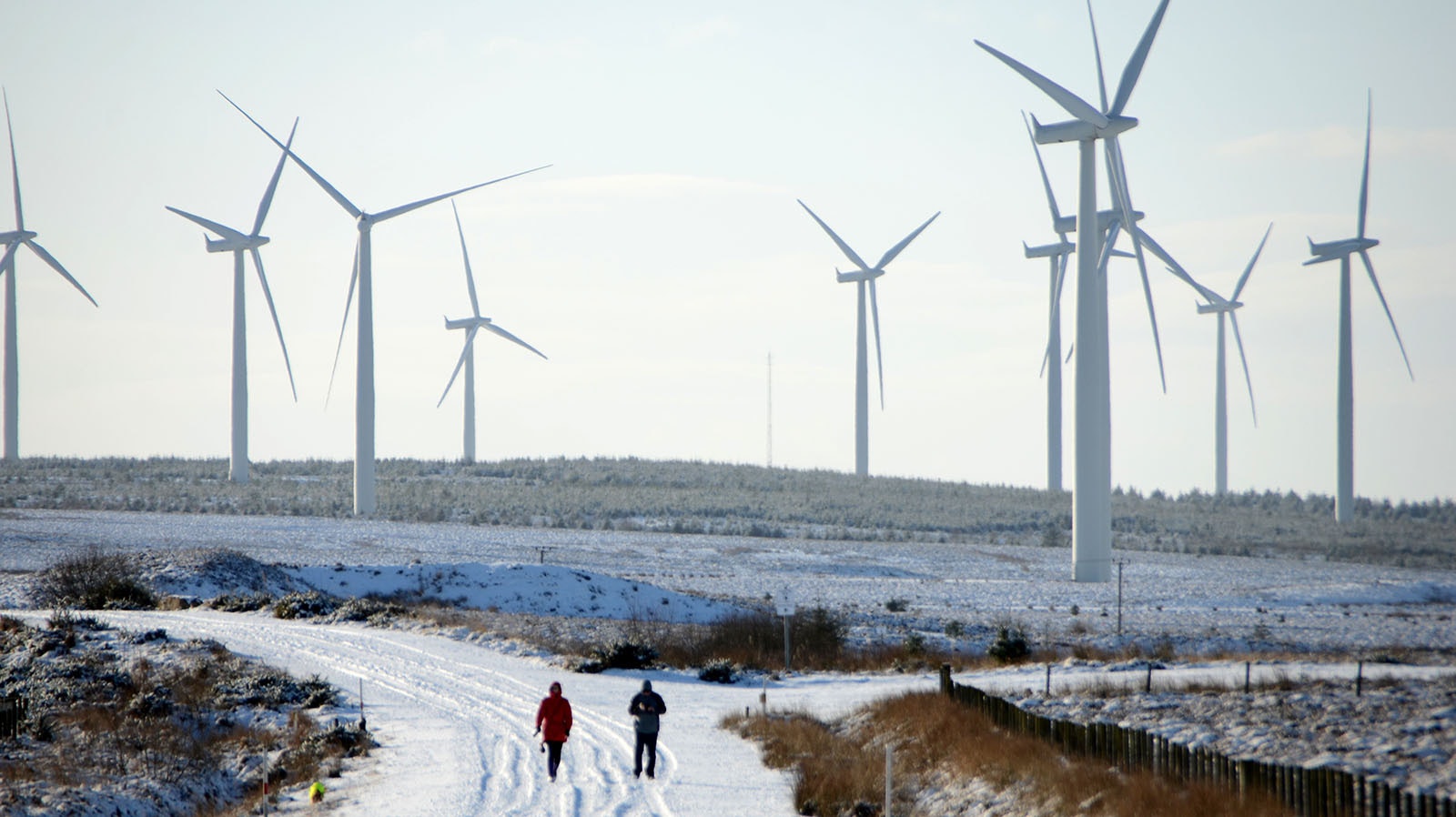It’s often reported that electricity produced from the wind or sun is many times cheaper than electricity from coal, natural gas or nuclear.
Yet despite increases every year in the amount of electricity produced from wind and solar, electricity consumers paid 14.3% more for electricity in 2022 than in 2021.
That’s more than twice the rate of consumer prices for all items which rose 6.5% during the same time period, according to the Consumer Price Increase as compiled by the U.S. Bureau of Labor Statistics.
So why is it that the more wind and solar added to the U.S. grid the more electricity costs go up?
No Easy Calculation
The answer is complicated.
Paul Bonifas, director of operations for 9H Research Foundation, which is partnered with the University of Wyoming, told Cowboy State Daily that costs of different sources of energy are calculated using a measurement called the levelized costs of energy (LCOE), which doesn’t tell the full story.
“Levelized cost of electricity tells you the cost of the electricity, but only when that power source is generating electricity,” Bonifas said.
Electricity as a product is unique to any other product produced in that it’s consumed instantaneously to the moment it’s produced.
“What do we want to happen when we flick a light switch? It’s not that we want electricity, it’s that we want electricity all the time,” Bonifas said.
When the wind isn’t blowing or the sun not shining, coal-fired and natural gas-fired power plants increase their output to cover the lack of energy from wind and solar farms. Without this dispatchable power available, the lights don’t stay on.
As more wind and solar farms are built, dispatchable power plants sit idle more often, but they are indispensable because they must be available when they’re needed, he said. This means more infrastructure has to be built to back up intermittent solar and wind power.
Misleading Comparisons
A study last month by Energy Innovation, a renewable advocacy and climate policy think tank, found that the only coal-fired power plant in the United States that’s cheaper to operate than to replace with wind and solar farms is the Dry Fork Station about 10 miles north of Gillette.
Like many studies comparing wind and solar with fossil fuel-powered and nuclear power plants, the Energy Innovation study relies on LCOE. The U.S. Energy Information Administration states in its Annual Energy Outlook that comparing costs across technologies is “misleading.”
“That’s not me saying it,” Bonifas said. “You can’t make direct comparisons, because you’re not comparing same to same.”
The problem is that LCOE doesn’t provide all the costs associated with producing electricity 24/7, which is what has to happen for an electrical grid to function.
To illustrate this, Bonifas uses a hypothetical island that requires 100 megawatts of electricity for its consumers.
If you build a natural gas-fired power plant, it will produce electricity nearly all the time. The same 100-megawatt solar farm will produce power several hours per day, unless it’s cloudy. With battery power, which is very expensive, you might increase that by a couple hours.
That still leaves a large portion of the day without electricity.
That means a natural gas plant needs to be ready to go when the batteries and solar farm aren’t providing power.
“And it’s not like, just because you’re running the natural gas plant less often you can lay off most of the staff. The incremental cost saving is the cost of operating that power plant less when the sun is shining,” Bonifas explained.
Green Limits
In “The Limits of Green Energy,” Bonifas and Dr. Timothy Considine, professor of economics with the School of Energy Resources at the University of Wyoming, explain that a better measurement for comparisons is the levelized avoided cost of electricity (LACE).
This measurement compares what a prospective new energy source would be worth if dropped into a pre-existing grid.
So, if a solar developer built a new solar farm to displace power from a more expensive gas-fired peaking unit, which are used to supply power during high demand, the farm will have a higher LACE than one that displaces power generation from a more affordable combined-cycle natural gas unit or coal-fired unit with low costs.
“Comparing LACE and LCOE allows for clearer comparisons of different generation technologies,” Considine and Bonifas write.
To put it simply, studies that find that new solar farms are cheaper to build than maintaining coal-fired power plants aren’t including all the analysis that needs to be done to come to any firm conclusions.
When these full analyses are done, the more a grid tries to reach 100% renewable energy, the more costs will skyrocket and the more the grid will become unreliable.
Simple But Inaccurate
Considine told Cowboy State Daily that the shortcomings of LCOE as a comparison tool have been known for at least a decade, but the figure provides something easy to calculate and conceptualize than the complexities of costs on a grid.
“LCOE is just a simple way to calculate your operating costs, and then you add your capital recovery costs to it. That’s all it is,” Considine said.
With a simplified cost estimate like LCOE, people can be told that electricity from wind and solar is cheaper than electricity from natural gas and coal.
Then, as electricity prices rise along with more wind and solar farms, people are left wondering what’s going on.
“The conclusion is that it’s not cut and dry,” Bonifas said. “There’s no magic bullet out there.”





